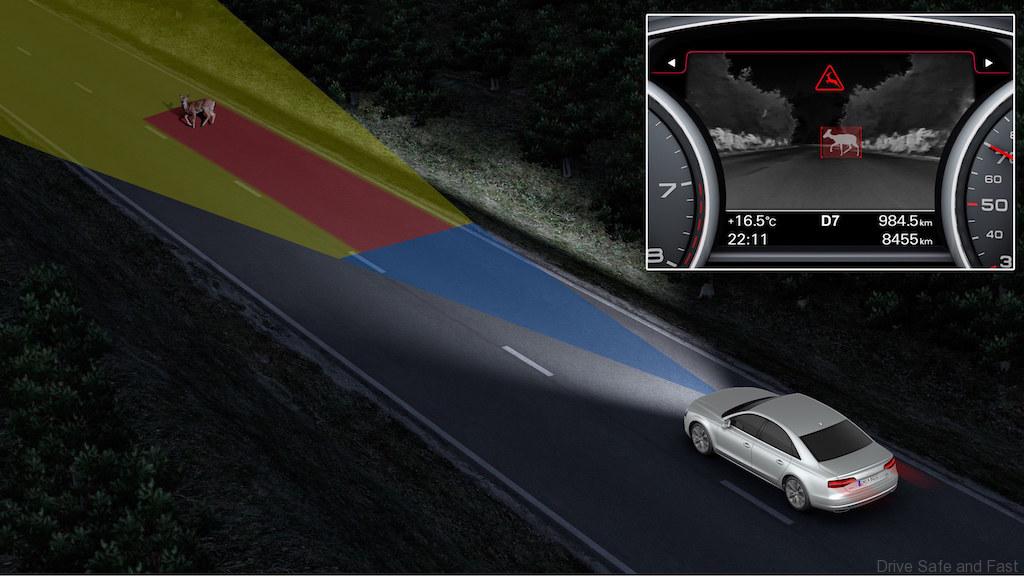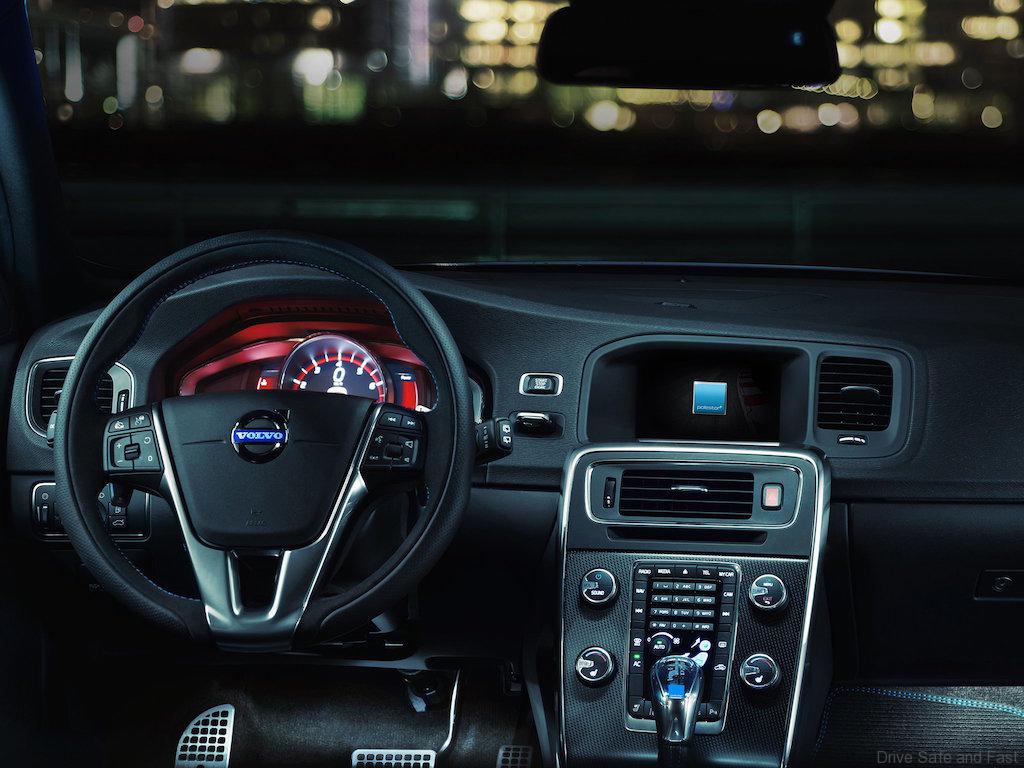There has been a lot of automotive technology debate on the movement forward with autonomous driving technology. Whilst this is still very far away from becoming a full reality…we believe more should be done for passenger safety with new vehicles. Looking at the recent fatal highway accident where 4 people lost their lives in a vehicle pileup involving a truck/trailer, MPV and cars we feel that car manufacturers to work on keeping drivers and passengers safe TODAY.
One safety technology that is not being deployed widely is Night Vision. Driving at night….in the rain, in fog and in badly lit areas need to addressed quickly with even lower priced cars. Not just luxury cars should enjoy this.
“We’ve looked at it and a lot of our customers have looked at it and it’s too expensive for a very minimal benefit,” said Dan Galves, a senior vice president at Intel Corporation’s Mobileye. “It’s not something that’s really necessary because optical cameras actually do pretty well at night and you have a radar system as backup that is not affected by light.”
While night vision isn’t exactly new technology for cars – General Motors introduced the tech on the Cadillac DeVille back in 2000 – it’s unlikely that more brands will adopt it in the near future. The issue, besides the cost, also has something to do with durability.
“Night vision cameras – like all pieces of hardware is automated driving – have their benefits as well as their drawbacks,” said Ellen Carey, a spokeswoman for Audi. “This specific technology will need to overcome challenges of cost, field of view and increased durability to meet the stringent criteria for automation-grade sensors.”
Night Vision technology reduces night time accidents by making drivers aware of people and animals, over a hundred yards away. The Night Vision system was developed by Autoliv, the world’s largest automotive safety technology supplier, with 2015 sales of over $9.1B.
The system is designed to operate in temperatures under 95 degrees Fahrenheit. The biggest downside: rain, fog, and snow can negatively effect the system’s operation. Autoliv’s Night Vision is available across a range of luxury vehicles. You’ll find Night Vision offered in select models from Volvo, Audi, BMW, Mercedes-Benz as well as the Bentley.
Volvo’s Enhanced night vision
In order to improve safety when driving at night, the car is equipped with an infrared (IR) light enhancer. IR technology gives the driver both a longer and a broader field of vision in the dark. The system, which further boosts night-vision capability, has been developed by Swedish safety experts Autoliv.
When driving at night, a black-and-white image is projected onto a glass display located at the top of the instrument panel. This image shows what is concealed in the area that is not lit up by the headlights; for example, if there is a wild animal in the ditch alongside the road. It is also possible to see what is hidden in the blacked-out area between the SCC’s own headlights and the usually dazzling lights of an oncoming vehicle, such as a pedestrian without reflectors on his or her clothing.



